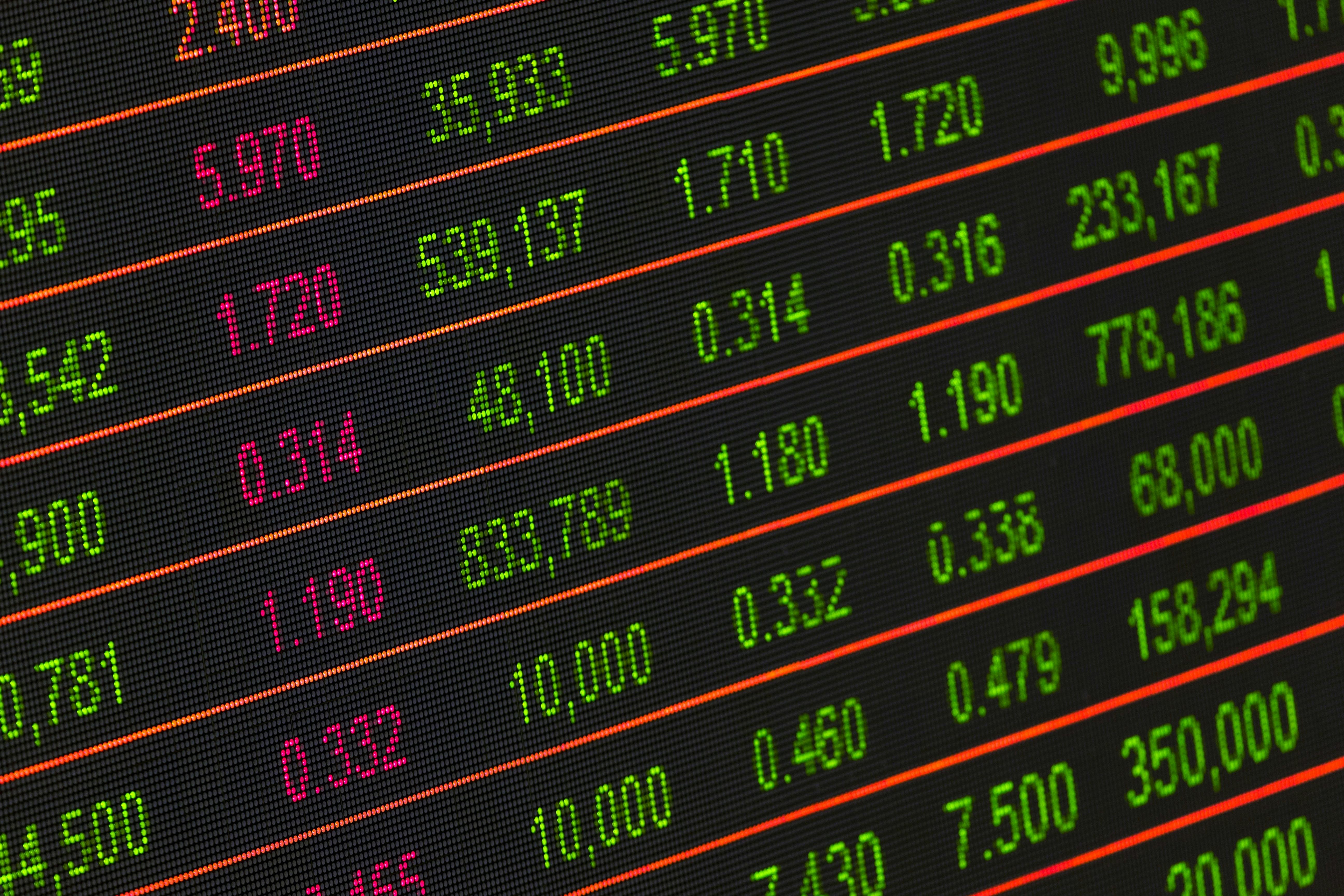Forex Technical Analysis for Beginners

Technical analysis is one of the most widely used methods for making trading decisions in the Forex market. It involves analyzing historical price data and chart patterns to forecast future price movements. Unlike fundamental analysis, which considers economic and political factors, technical analysis focuses on what the price is doing now and what it has done in the past.
What Is Technical Analysis?
Technical analysis is the study of price movements using charts, indicators, and patterns. The core belief is that all information about a currency pair is already reflected in its price, and that price moves in trends which tend to repeat over time.
Key Concepts in Technical Analysis
- Price Charts: Visual representations of price movements over time. The most common types are line charts, bar charts, and candlestick charts.
- Trends: General direction in which the market is moving — upward, downward, or sideways.
- Support and Resistance: Levels where the price tends to stop and reverse. Support acts as a floor, resistance as a ceiling.
- Volume: The number of units traded during a specific period, used to confirm trends and breakouts.
Common Technical Indicators
Technical indicators help traders identify trends, reversals, and entry/exit points. Here are some of the most popular:
- Moving Averages (MA): Smooth out price data to identify the direction of a trend.
- Relative Strength Index (RSI): Measures market momentum and signals overbought or oversold conditions.
- MACD (Moving Average Convergence Divergence): Identifies changes in momentum and trend direction.
- Bollinger Bands: Show volatility and potential price breakout points.
- Stochastic Oscillator: Compares a particular closing price to a range of its prices over time.
Chart Patterns Every Trader Should Know
- Head and Shoulders: Indicates a reversal from a bullish to a bearish trend.
- Double Top and Double Bottom: Suggests trend reversal after a strong move.
- Triangles: Indicate consolidation before a breakout.
- Flags and Pennants: Show continuation of a trend after a short pause.
Steps to Perform Technical Analysis
- Select a currency pair and timeframe.
- Analyze the trend direction using charts and moving averages.
- Identify key support and resistance levels.
- Apply technical indicators to confirm the trend or reversal.
- Look for patterns and signals before entering a trade.
- Set stop-loss and take-profit levels based on your analysis.
Benefits of Technical Analysis
- Helps traders make objective decisions based on data.
- Allows for quick analysis of multiple currency pairs.
- Provides clear signals for entry and exit points.
- Complements risk management strategies effectively.
Limitations of Technical Analysis
- Not always accurate in volatile or unpredictable markets.
- Past performance does not guarantee future results.
- Requires practice and experience to interpret correctly.
- May produce conflicting signals from different indicators.
Conclusion
Technical analysis is a powerful tool for Forex traders who want to make informed decisions based on price action. By learning to read charts, use indicators, and recognize patterns, traders can gain a deeper understanding of the market and improve their chances of success. While it’s not foolproof, combining technical analysis with sound risk management can significantly enhance your trading performance.
Disclaimer: Forex trading involves substantial risk. Always conduct thorough research and consult a financial advisor before trading.